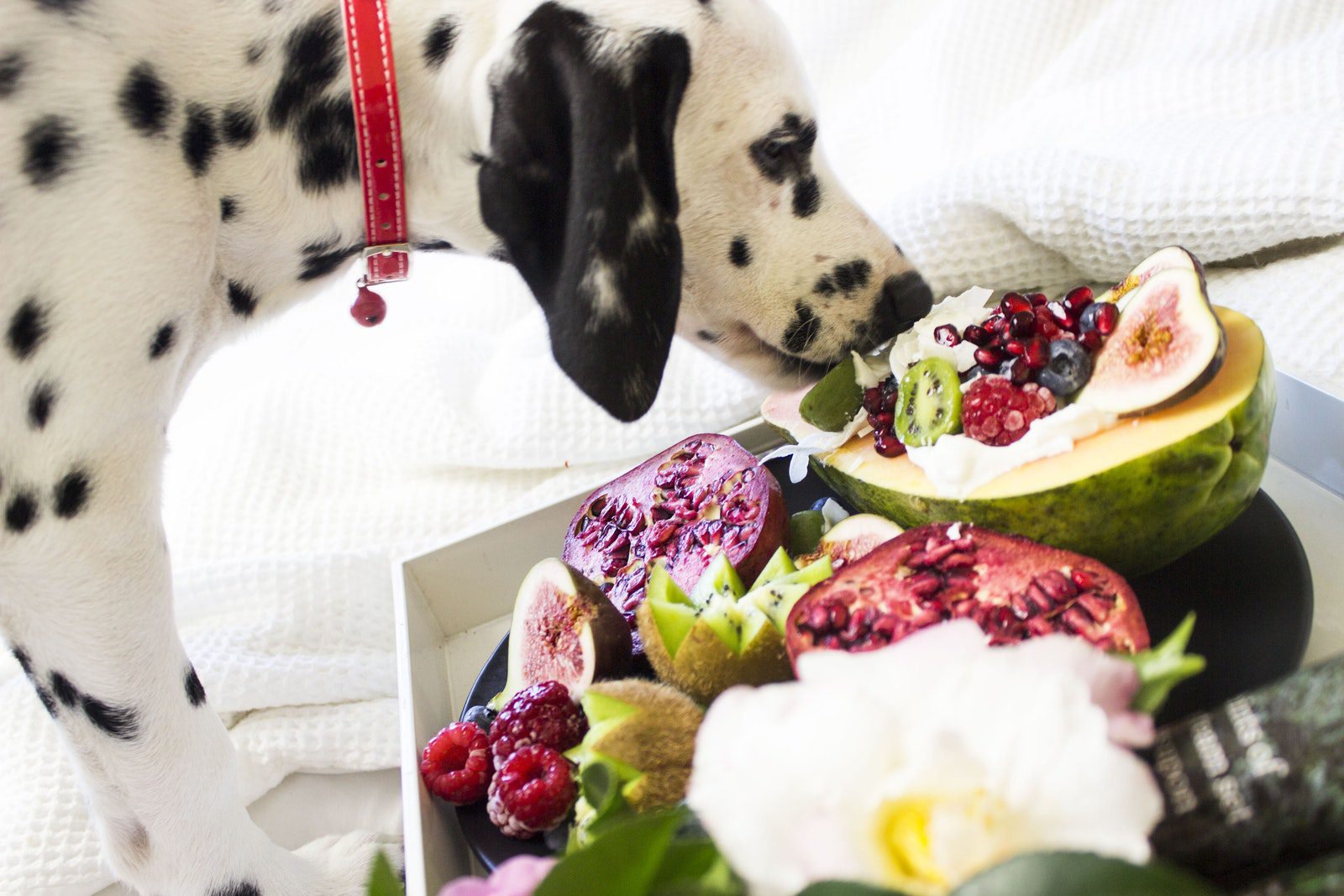There is a lot of discussion these days about feeding our raw dog food diets. So what really are the risks and benefits associated with this?
The Benefits
People who advocate for feeding dogs a raw food diet claim that it provides their dogs with a healthier coat, leaner and better muscle tone, healthier teeth, less fecal waste, less urine production, and better behavior.
Some people prepare their own raw food meals for their pets, so this can also be a way of bonding and spending time with your pet. However, it’s important to take into account the possible risks associated with feeding raw food to your pet, whether it is a home prepared meal or a commercially prepared meal. These risks are discussed below.
Image source: Instagram

The Risks
If the raw diet consists of meat on an intact bone, there is a very high risk that, if not adequately chewed, the bone can cause an obstruction or perforation in your dog’s intestinal tract. This will require surgery, and can sometimes lead to death if not treated quickly enough. Other problems with giving your dog a full bone is that they can break their teeth and wear their teeth down from chewing on it. If this causes pulp exposure in your dog’s tooth, that can be a very painful condition and he may need to have his affected tooth surgically removed to prevent getting an infection in the tooth itself.
Image source: Instagram
Many raw food diets, whether commercially made or prepared at home, do not have the proper balance of minerals, calcium, and other nutrients that your dog needs to be healthy. You can read more about nutrition for your pet here
The main risk of feeding your dog a raw food diet is the potential for the food to be contaminated with harmful bacteria, such as E. coli, Samonella, or Listeria. Since the food is raw, it is not cooked or processed in ways to kill these bacteria that may be present in the meat. Some dogs may get sick and have nausea or vomiting, soft stool or diarrhea, or even get an infection in their blood stream. For other dogs, they may not get sick, but could become carriers of the bacteria.
For people
If the raw food contains the harmful bacteria and it doesn’t make your dog sick, your dog could become an asymptomatic carrier of it and could transmit the bacteria to vulnerable people in the home. This is more of a concern if there are children or people with compromised immune systems in the home. If children in the home like to play with the dog’s food bowl, they are at risk of acquiring the bacteria and getting sick, as children love to put objects and their hands in their mouth without proper hygiene. For some children, getting an infection with E. coli can even be deadly.
Raw Food Pros vs Cons for Dogs
Most veterinarians advise against feeding a raw food diet because of these public health risks.

How to Do it Best
If you ultimately decide to feed your dog a raw food diet, make sure to thoroughly clean the food bowl after every meal with soap and warm water. Use a different wash cloth or sponge than what you use for your own dishes. And definitely make sure children in the home do not have access to the dog’s food or food bowl. Always thoroughly wash your hands with warm soapy water after preparing your dog’s meal or handling their food dishes.
Your dog will also need to have calcium, vitamin, and mineral supplements in his diet. Speak with your veterinarian for information on what the best supplement would be for your dog to take on a daily basis. Loving your pet doesn’t take a day off. In case anything extreme happen, having pet insurance will give you a good break from any expensive veterinary treatments.
Other references
- https://www.avma.org/KB/Policies/Pages/Raw-or-Undercooked-Animal-Source-Protein-in-Cat-and-Dog-Diets.aspx
- https://www.ncbi.nlm.nih.gov/pmc/articles/PMC3003575/







